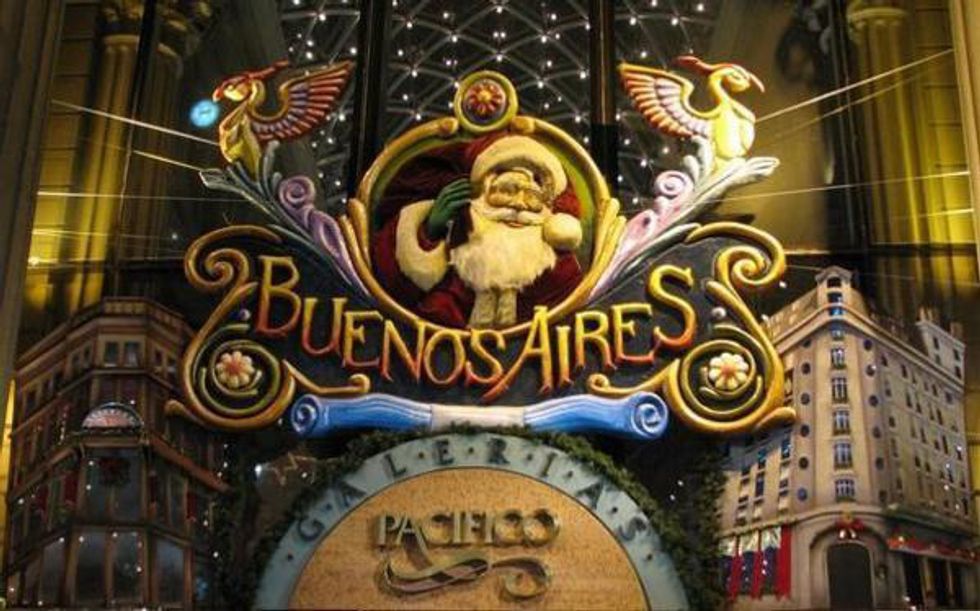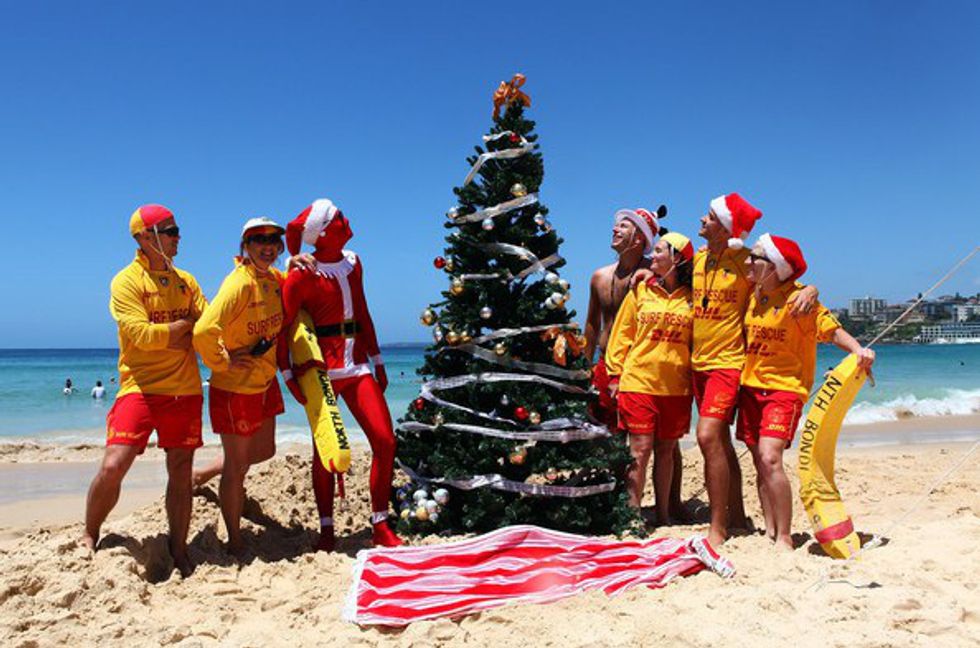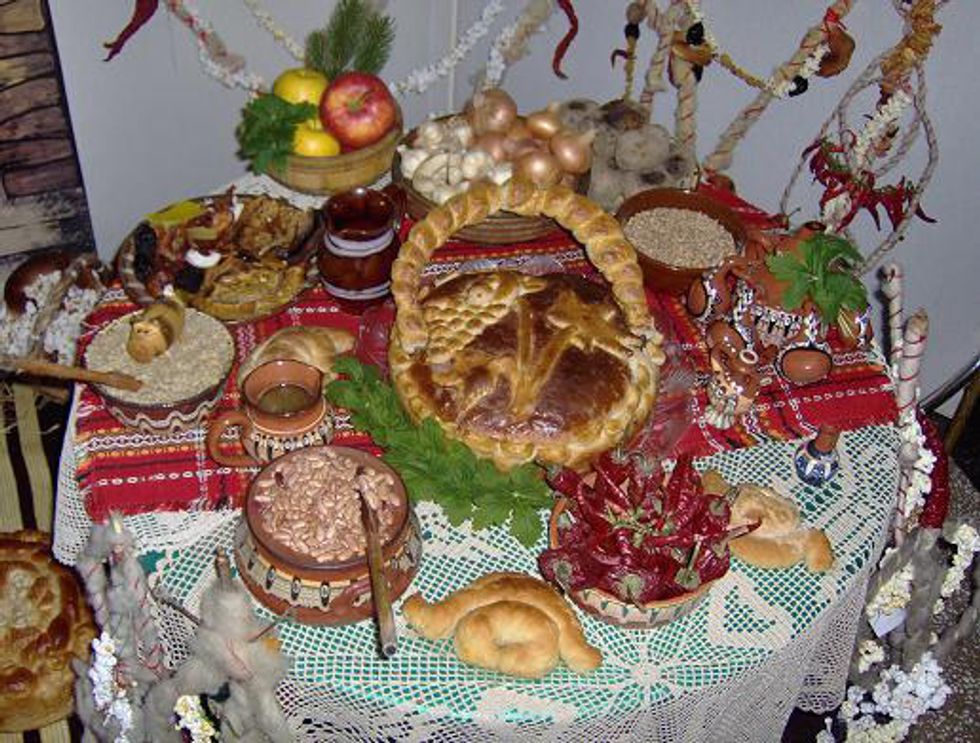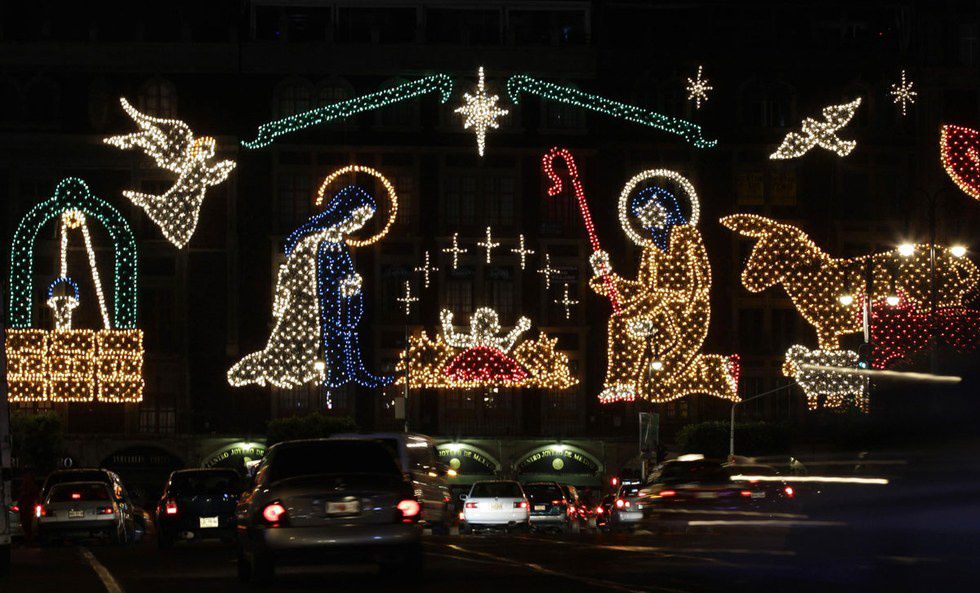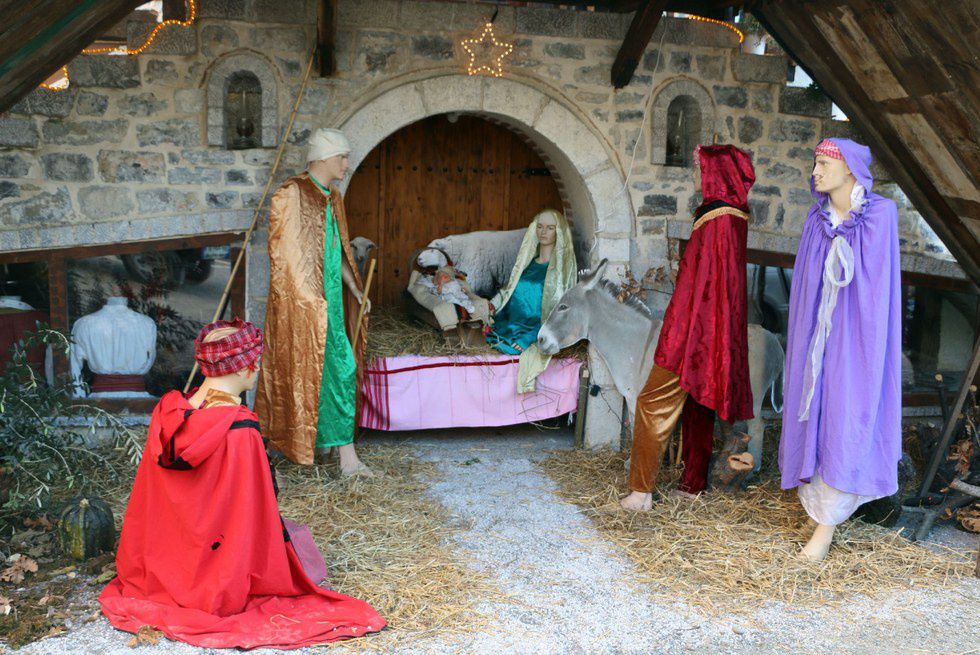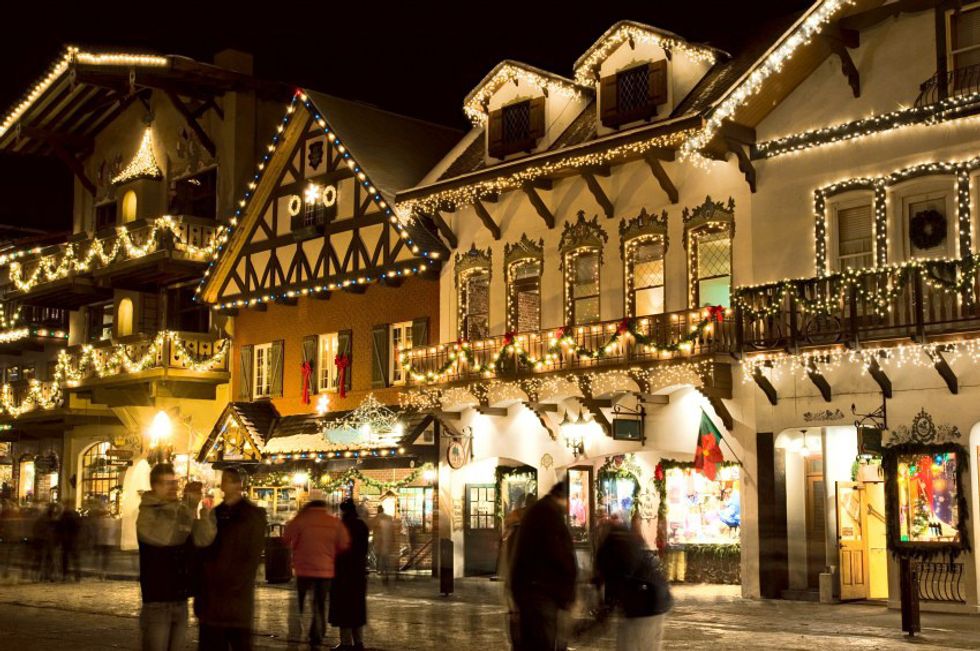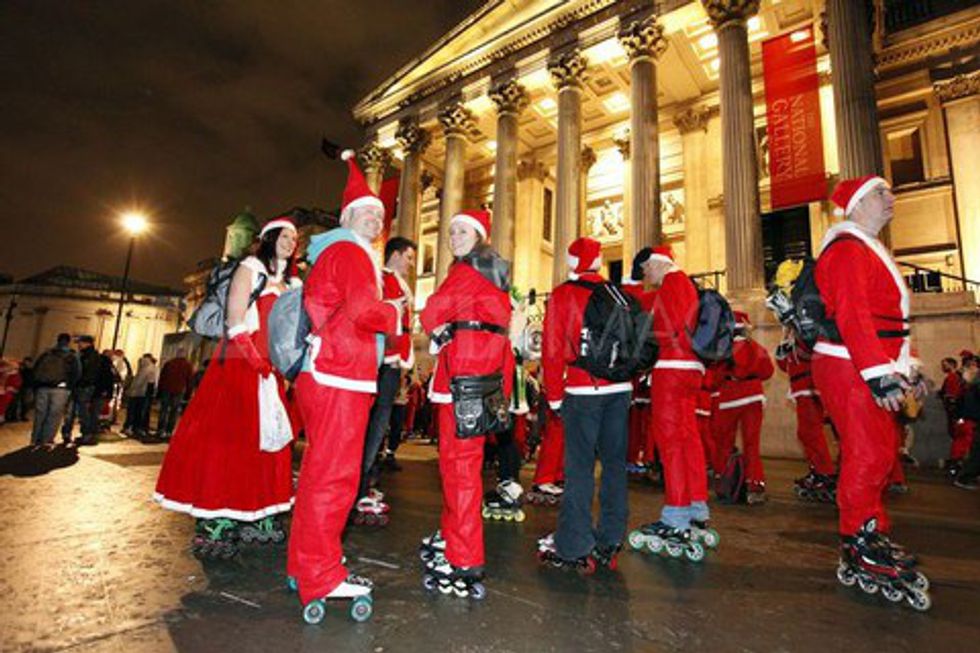Christmas is celebrated in many parts of the world, however the way in which it is celebrated varies country from country. Here, we'll take a trip around the world to different countries to show you these various Christmas traditions.
1. Argentina
Christmas trees are up and decorated by December 8th, which is the feast of the Immaculate Conception. Nativity scenes are the most important thing, and are placed near the tree. Christmas cards are not popular, and gifts are only exchanged amongst close family and friends.
2. Australia
3. Bulgaria
Christmas is mainly celebrated on Christmas Eve, especially the dinner. The dinner is vegetarian and consists of an odd number of dishes and an odd number of guests. Straw is placed under the table cloth and a special cake is made that is baked with a coin in it. The oldest person cuts and distributes the cake, and whoever gets the piece with the coin in it has good luck for the year. On Christmas Day, meat is usually eaten.
4. Denmark
Small children receive a small gift for 24 days, from December 1st to December 24th. Popular Christmas foods include roast duck, goose or pork. They are served with boiled and sweet potatoes, red cabbage, beetroot and cranberry jam/sauce. Children believe in Julemanden who looks just like Santa Claus and lives in Greenland.
5. Mexico
Christmas is celebrated from December 12th to January 6th. The celebration of the Nine Posadas, meaning lodging, are represented by various homes. Processions and reenactments are done by everyone including children. The nativity scene is the most important decoration, and they are often life size. Christmas trees are not that popular but poinsettia flowers are. Children believe their presents are brought by "El Ninito Dios" or "Santo Clos".
6. Montenegro and Serbia
In Montenegro, Christmas Eve is on 6th January and Christmas Day is on the 7th January because the main Orthodox Churches still use the old 'Julian' Calendar. The two Orthodox churches have bon fires outside of them on Christmas Eve. Like Bulgaria, Montenegro and Serbia make bread with a hidden coin in it.
7. The United Kingdom
Children believe that Father Christmas or Santa Claus leaves presents in stockings or pillow-cases. These are normally hung up by the fire or by the children's beds on Christmas Eve. Children sometimes leave out mince pies and brandy for Father Christmas to eat and drink when he visits them.
In Scotland, the first person to set foot in a house in a New Year is thought to have a big effect on the fortunes of the people that live there


